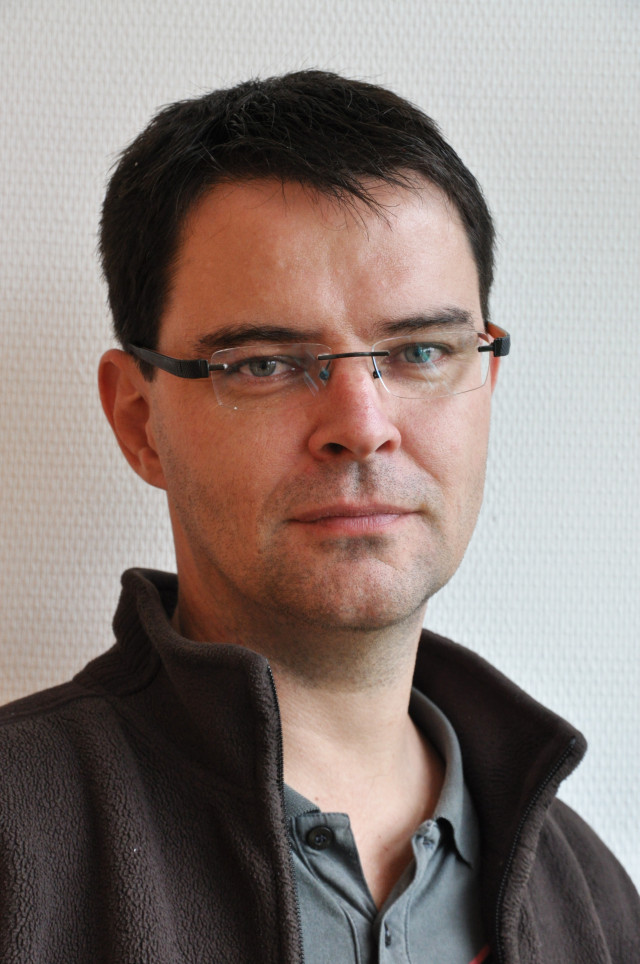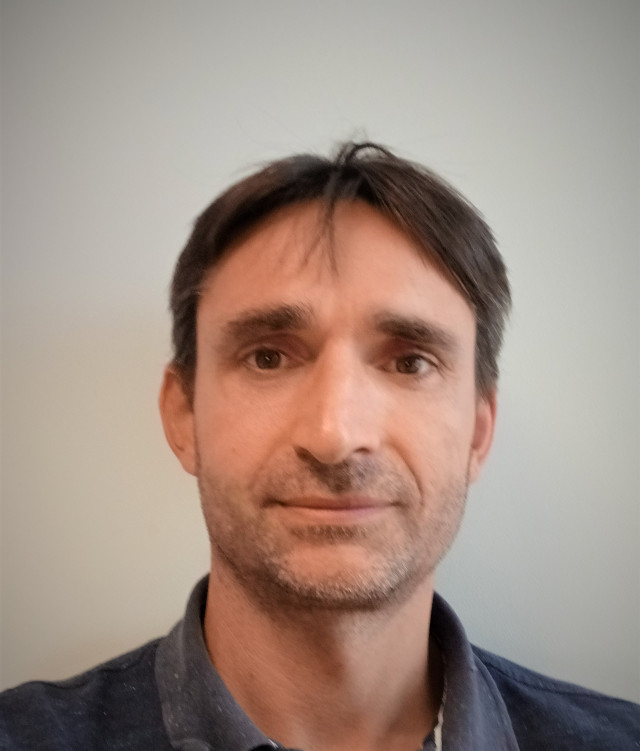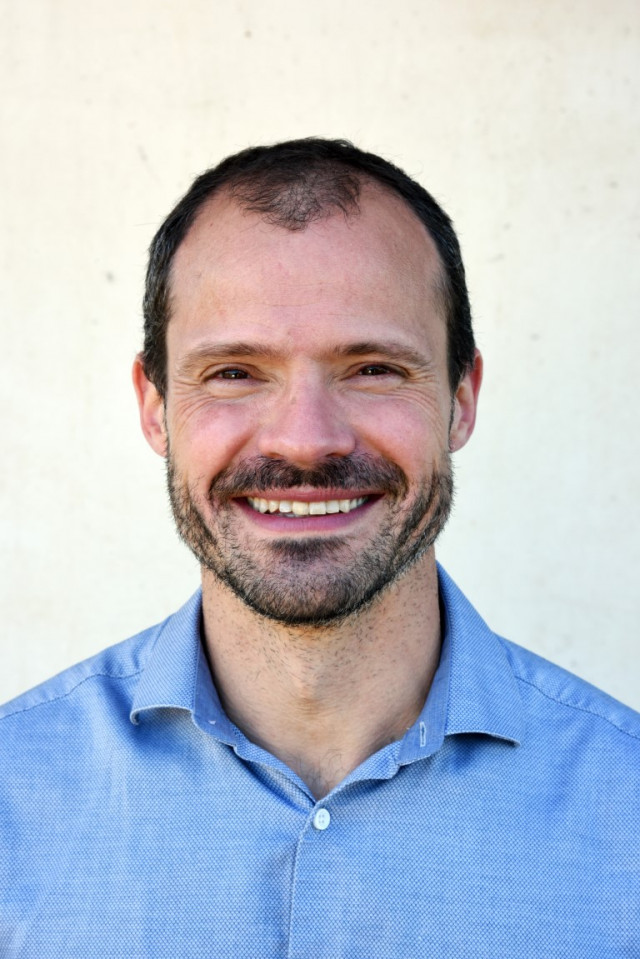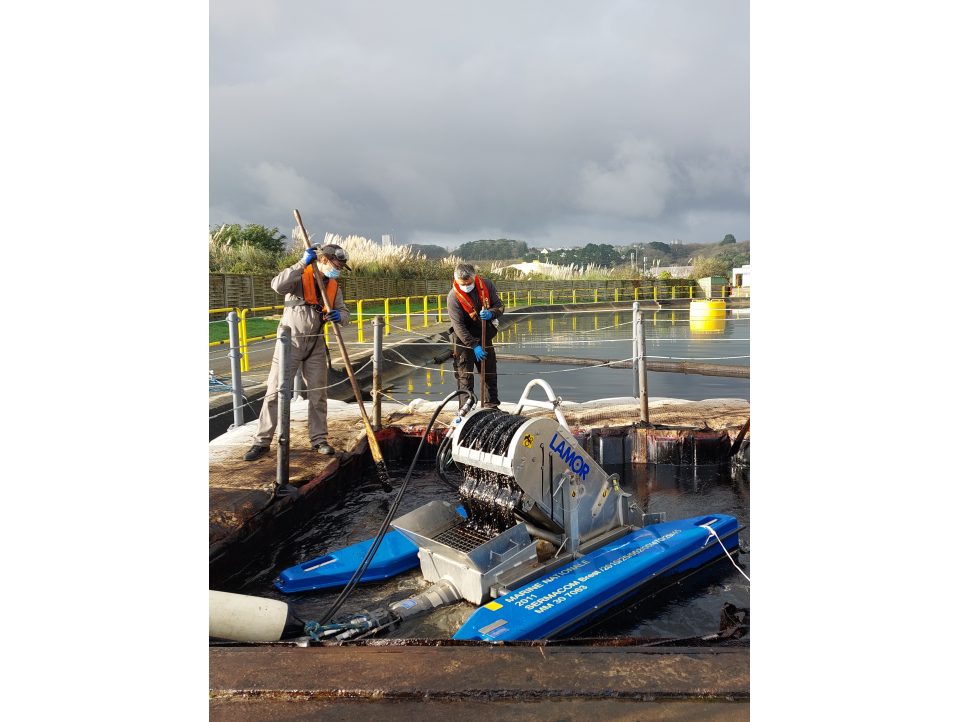Discover the content of the session: "New fuels: behavior in aquatic environments and responses to accidental spills"
- Synthesis of the behavior in aquatic environment and the risks in terms of transport by sea of new fuels (Ammonia; LSFO: Low Sulphur Fuel Oil; VLSFO: Very Low Sulphur Fuel Oil; ULSFO: Ultra-Low Sulphur Fuel Oil; HVO: hydrotreated Vegetable Oil; LNG: liquefied natural gas; etc), whether they are used for the propulsion of ships or for the supply of distribution plants. Presentation of the European IMAROS project (new generation of LSFO).
Picture: Cedre
Organizer
CEDRE (France)
programme
TUESDAY 27th SEPTEMBER 2022
9am – 12.30pm including a coffee break (10am-10.30am)

Mr Christophe Logette
Director of Cedre- Introduction and Cedre presentation
By Christophe Logette(199), Director
(199) Cedre, France
Fanny Chever - Improving response capacities and understanding the environmental impacts of new generation low sulphur MARine fuel Oil Spills (IMAROS)
Fanny Chever(199)
(199) Cedre, France
In the frame of IMAROS project, co-funded by the EU / DG-ECHO, 13 LSFO (11 VLSFO and 2 ULSFO) were collected and analysed at the laboratory scale. Analyses consisted in a physical-chemical screening in order to give a first indication of the products’ characteristics.
The chemical composition of the fuels is basic data to understand how a spill behaves when released into the sea. Fresh oils were characterised by their viscosity and density, at 5°C and 15°C, flash point, pour point, asphaltenes and waxes contents, evaporation rate and chemical composition. Dispersibility tests were conducted at 15°C in order to evaluate the efficiency of this response option.
Artificially weathered samples were also characterized to assess the oil weathering. The main result from this screening phase is the high variability of the samples implying different behaviours and response options if accidentally released. Viscosity of the fresh oils ranged from < 400 mPa.s at 15°C to solid oils. Persistency in the environment should be observed with evaporation rate ranging from 3% to 28%. Pour points of the fresh oils varied from -27°C to +27°C, leading to potential difficulties to recover some oils with conventional oil spill response equipment.
Some fresh oils exhibited a potential for chemical dispersibility with efficiency slightly higher than 50% for IFP tests.
Based on the results from this screening, the most relevant samples were selected for in-depth analysis of weathering properties in flume tank and testing of toxicity. Response techniques will also be studied on the selected samples.

Ronan Jézequel - Fate, Behaviour and Impact Assessment of New Generation of Biodiesels and Biofeedstocks in Case of an Accidental Spill
Ronan Jézequel(199)
(199) Cedre, France
Following an accidental spill of biodiesel in inland waters (France, 2016), Cedre and TotalEnergies decided to initiate a project to understand the fate and behaviour of biodiesels and biofeedstocks in case of release in fresh or marine waters. Two biodiesels (B10 and Hydrogenated Vegetable Oil-HVO) and two biofeedstocks (Tallow Oil- TO, Used Cooking Oil-UCO) were selected. The influence of natural weathering processes were assessed at laboratory and pilot scale in Cedre’s flume tank. The different parameters measured were density, viscosity, emulsification, oil adhesion, natural dispersion and biodegradability. In addition, the ecotoxicity of the four products were compared through normalised tests on marine bacteria (Vibrio fischeri) and marine algae (Phaeodactylum tricornutum).
Due to their high pour point, the two biofeedstocks TO and UCO (transported at 60°C) rapidly solidify after release in water. Due to agitation, the slick breaks up into 2-3 cm diameter pieces for TO and up to 5 cm diameter balls for UCO. The products then tend to emulsify progressively without any change in the floating behaviour being observed. The two biofeedstocks do not present any toxicity towards the 2 marine species tested and they are highly biodegradable.
Regarding the biofuels, they tend to disperse progressively after 2-3 days of aging. However, this natural dispersion remains dependent on surface agitation. Under low hydrodynamic conditions, the biofuels slick is observed at the surface and has a low emulsification rate (not more than 20%). Concerning the ecotoxicity measurements, HVO is not toxic while B10 can be considered as toxic towards the marine bacteria.

Thibauld Penelon - Ammoniac and LNG
Thibauld Penelon(200)
(200) Institut national de l'environnement industriel et des risques (Ineris), France
The French National Institute for Industrial Environment and Risks (Ineris) is a public establishment under the aegis of the Ministry in charge of the Environment. Our mission is to contribute to the prevention of risks caused by economic activities to health, environment, and the safety of people and goods.
We conduct research programs to improve our understanding of the phenomena that are likely to lead to risk situations or damage to health and the environment, and develop our expertise in prevention. Our knowledge is made available to public authorities and businesses to help them make the decisions best suited to improving environmental safety.
One of our fields of expertise is the accidental risk analysis, with modelling and experimental capabilities aiming at evaluating the consequences of hazardous phenomena like fires, explosions and atmospheric dispersion of toxics.
Air quality and energy transition issues are pushing the development of alternative fuels for industrial use and transportation.
In the maritime transport, the combustion of traditional fossil fuels (e.g. Heavy Fuel Oil) is a significant emitter of sulphur dioxide and secondary particulate matter, harmful for humans and the environment. Alternatives like LNG, Ammonia, Hydrogen, Methanol/Ethanol or powerful batteries have emerged to reduce these noxious emissions.
In addition to the technological challenges arising with these alternatives, the accidental risks intrinsic to the fuels and to the associated processes should be assessed for the sustainability of their sector. This paper describes the potentially hazardous behaviour of four of these alternatives (Hydrogen, Ammonia, LNG, Lithium batteries) in case of failure leading to a loss of confinement. This brief panorama of hazardous phenomena related to alternative fuels reminds that none of these alternatives are intrinsically safe and that a serious management of risks is required for these energy sectors.

William Giraud -
Alternative fuels and power technologies for marine propulsion, a focus on batteries
William Giraud(199)
(199) Cedre, FranceIn a context of increasing global warming, the IMO (International Maritime Organisation) is aiming to decrease considerably greenhouse gas emissions issued from marine traffic. Their plan is to reduce greenhouse gas emissions by 50% by 2050.
In order to reach this goal, the decarbonisation of maritime transport is possible through non traditional fuels or through different types of energy storage. In this challenging and rapidly changing context, some vessels are already equipped with batteries while other technologies of batteries are being explored. This conference gives an overview about existing batteries and describes the potential hazards to the marine environment in case of an accident
- Introduction and Cedre presentation






